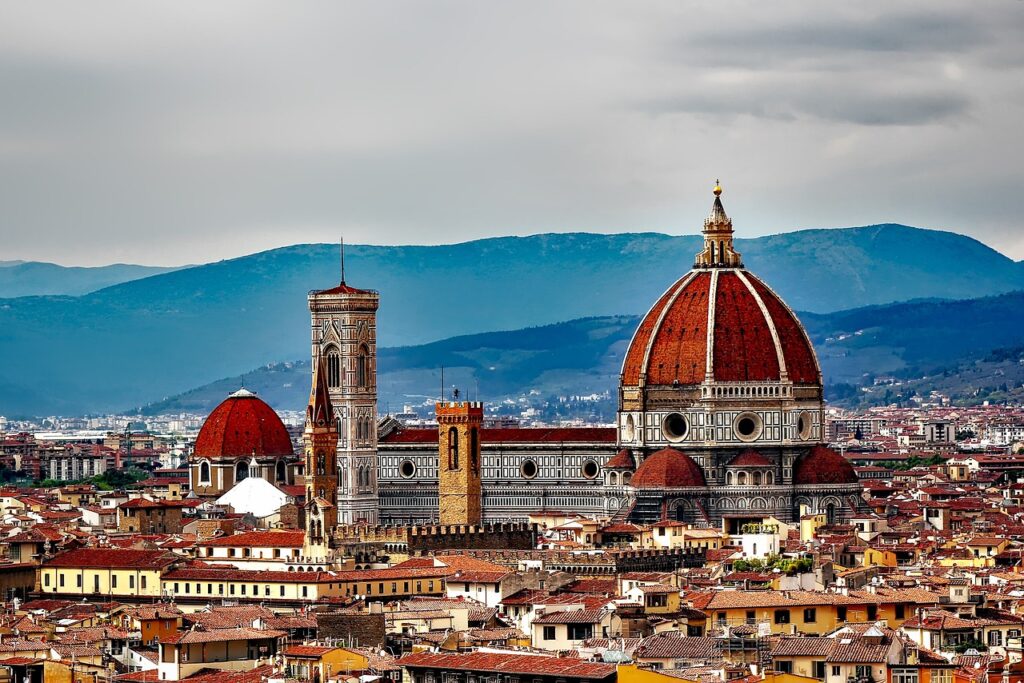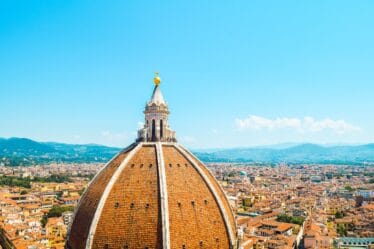

In the heart of Italy’s Renaissance capital lies a lesser-known but equally remarkable legacy: Florence’s Scientific Heritage Uncovered. Far from the crowded galleries and frescoed basilicas, this hidden chapter tells the story of how the city became a crucible for innovation in astronomy, engineering, and cartography—centuries ahead of its time.
A City Looking to the Skies
To begin with, it was in 1756 that Leonardo Ximenes, a Jesuit polymath from Sicily, established Florence’s very first meteorological and geophysical observatory. Located beneath the historic tower of the Rondinelli family, this site soon became a beacon for celestial study and hydraulic engineering.
More than just a place of observation, the center was a physical expression of Florence’s scientific heritage, where scholars pushed the boundaries of known science to explore the atmosphere and the Earth’s inner forces. Thanks to Ximenes, the scientific method took root in a city already known for its artistic brilliance.
Surviving Change, Advancing Knowledge
After the suppression of the Jesuit Order, many scientific institutions across Europe fell into decline. Yet, remarkably, Florence’s observatory endured. It was entrusted to the Piarist Fathers, who not only preserved its function but expanded its mission.
Over time, this transformed the observatory into a hub for meteorological research, seismographic recording, and modern mapmaking. One of its most groundbreaking outputs was the “Carta Geografica Toscana”, a meticulously detailed map that marked the shift from decorative cartography to accurate scientific geography.
This achievement further cemented Florence’s scientific heritage as one of Europe’s most forward-thinking cultural assets—something still largely unrecognized by many visitors to the city.
The Engine That Changed the World
In addition to advancements in observation and mapping, the site is also home to one of the 19th century’s most revolutionary inventions: the world’s first internal combustion engine. Designed in 1853 by Father Eugenio Barsanti in collaboration with engineer Felice Matteucci, this device would eventually inspire the automotive revolution.
It all began with a bold idea—to harness the power of gas explosions to create mechanical motion. Through methodical experimentation and visionary thinking, the concept became reality, laying the groundwork for modern motor engineering.
Barsanti’s invention represents yet another key chapter in Florence’s Scientific Heritage Uncovered showcasing the city’s long-standing tradition of merging imagination with empirical science.
Why This Story Matters Today
In conclusion, while Florence is rightly celebrated for its contributions to painting, sculpture, and architecture, there is another dimension worth exploring—its role in the history of science and technology. From early meteorology to seismic measurement and groundbreaking engineering, Florence’s scientific heritage is rich, diverse, and deeply influential.
If you’re planning a visit to the city, don’t overlook the stories written not just in stone and pigment—but in data, diagrams, and daring experiments. Florence’s brilliance isn’t confined to the past; it’s still illuminating paths forward, Florence’s Scientific Heritage Uncovered.



